23 June 2023
New Collaborative Study by Ritesh Shukla Uses Fluorescent Dye for Blood Screening Signalling Significant Advancement in Forensic Science
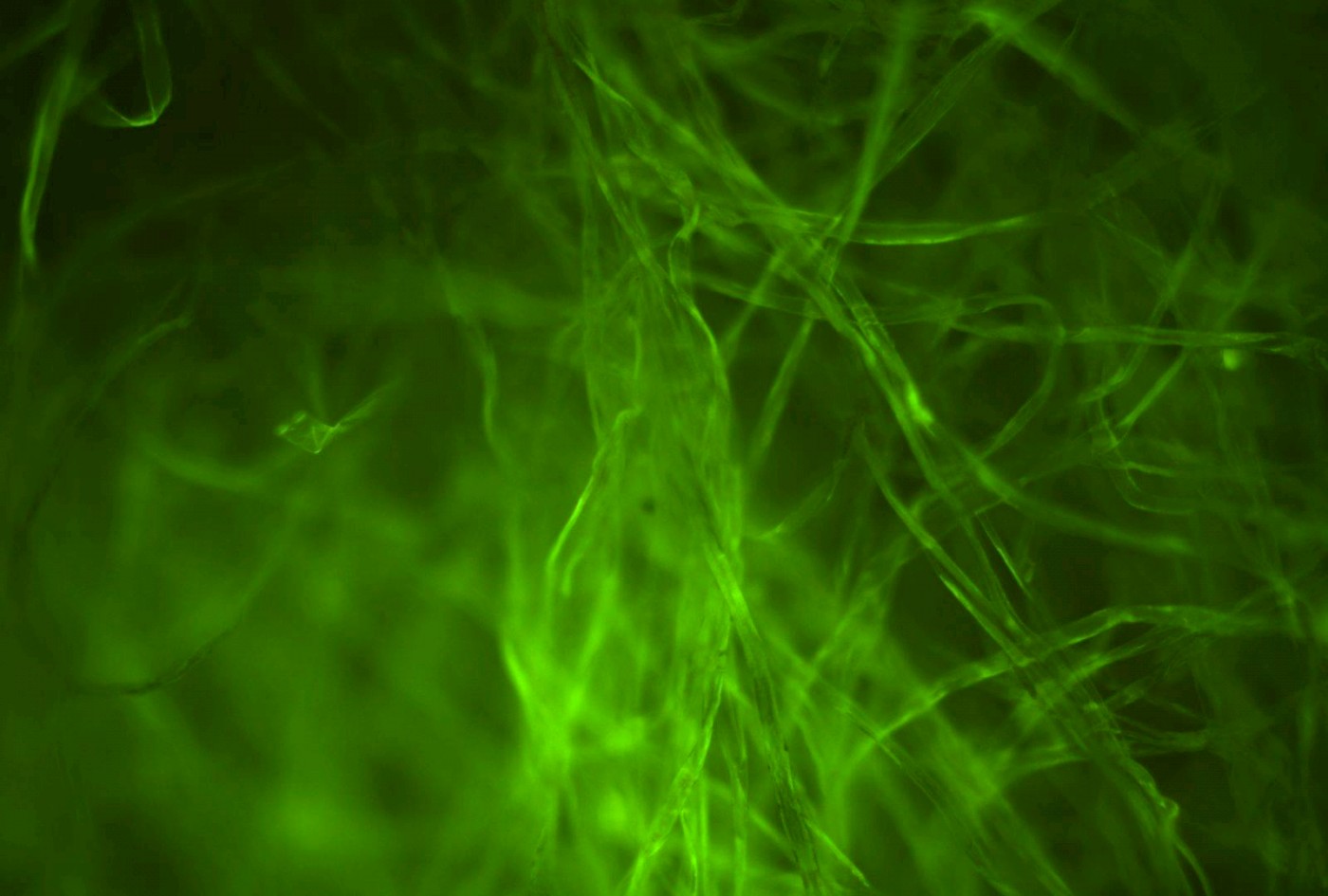
Detection and identification of blood are crucial to forensic investigation, and most reagents used for these tests are based on colorimetric changes owing to the nature of haemoglobin to catalyse the oxidation of chromogenic compounds. However, these reagents display toxic behaviour, such as causing DNA degradation. There is also a significant possibility of giving false-positive results with similar-coloured fluids as blood. New collaborative research at the Nanomaterials and Toxicology Laboratory led by Ritesh Shukla, Assistant Professor, School of Arts and Sciences, has introduced a state-of-the-art methodology for preliminary blood detection and screening using a fluorescent dye, 2,7 dichloro-fluorescein-di-acetate (DCFDA). This study was recently published in the Microchemical Journal.
The research focuses on exploring a methodology for preliminary blood detection (screening method) using a fluorescein-derived DCFDA dye, which can effectively identify fresh, aged, and dried blood stains on various surfaces such as glass, cloth, wood, and metal. This method is different from the conventional forensic blood screening method currently used. In conventional methods, H2O2 is used as a catalyst for forensic blood screening tests, whereas in the presented methodology, DCFDA dye can detect blood in various conditions for up to 20 days.
The dye is very sensitive and can accurately distinguish blood from other bodily fluids. Additionally, it doesn’t show any false positive results with similar-looking red and maroon-coloured stains. The DCFDA dye exhibits non-genotoxic effects with no adverse effects on DNA, thus minimising the chances of DNA degradation in the blood sample. Professor Shukla says, “Developing DCFDA as a non-genotoxic fluorescent dye for blood screening presents a significant advancement in forensic science. In the future, I see this blood detection method being used prior to DNA fingerprinting. This would be beneficial for forensic investigations as it has the potential to expedite the process and make it more efficient. Timely analysis is crucial as the ability to produce fluorescence diminishes beyond 20 days. However, even highly diluted blood samples exhibit positive detection, further highlighting the sensitivity of DCF-DA in identifying diluted blood concentrations.”
The paper is co-authored by Professor Shukla; Kamayani Vajpayee, Doctoral Candidate, Biological and Life Sciences, School of Arts and Sciences; Undergraduate dissertation students at the Nanomaterials and Toxicology Laboratory, Preet Desai, Prakshal B Parekh, Hrishita C Sitwala, and Kanishkaa P Suri; and Hirak Ranjan Dash, Assistant Professor, National Forensic Science University, Delhi Campus.
Image Legends
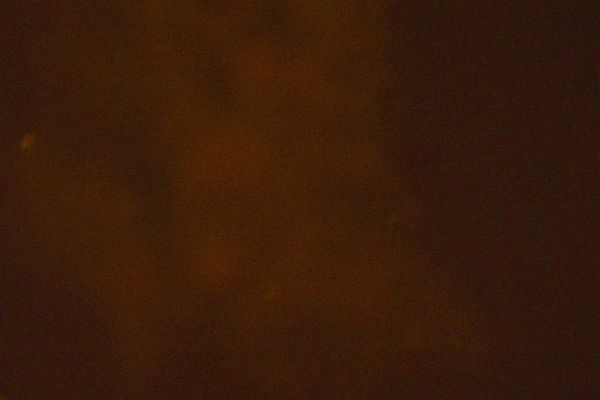
Pomegranate juice showing no reaction with DCFDA

showing no reaction with DCFDA
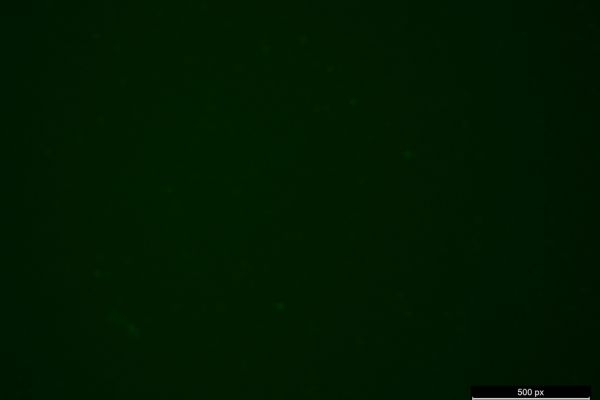
showing no reaction with DCFDA

showing no reaction with DCFDA
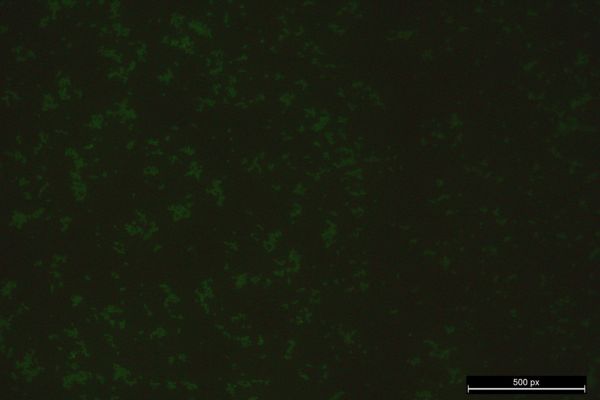
showing no reaction with DCFDA
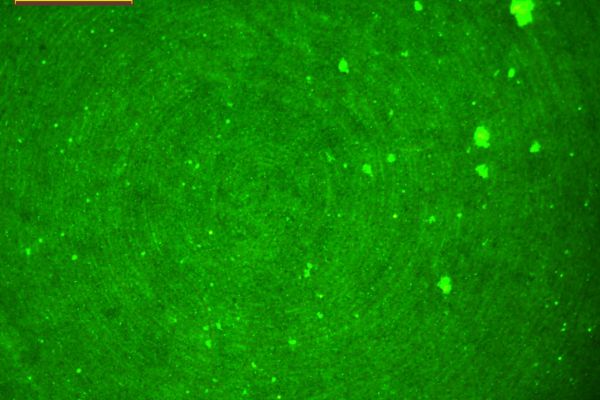
Blood can be identified on the surface
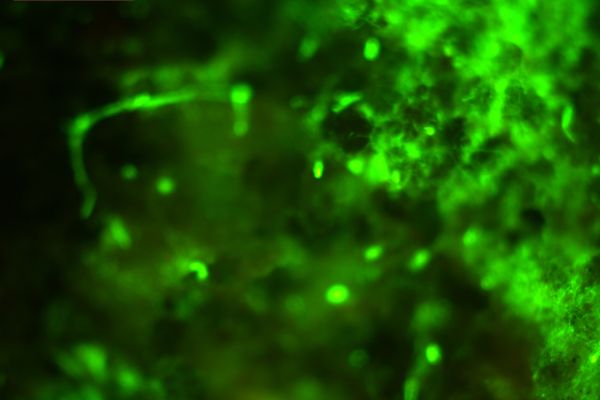
Blood can be identified on the surface
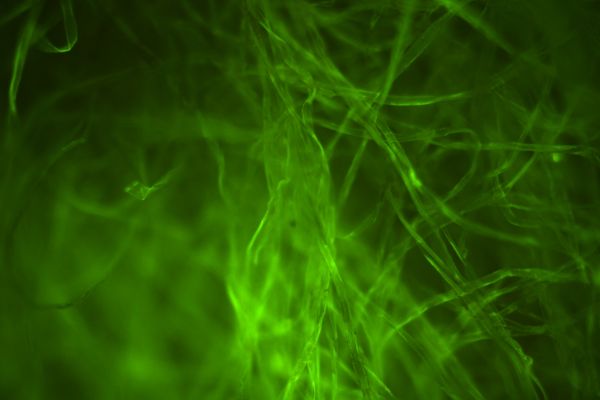
Blood can be identified on the surface

DCFDA dye positively screens pure blood
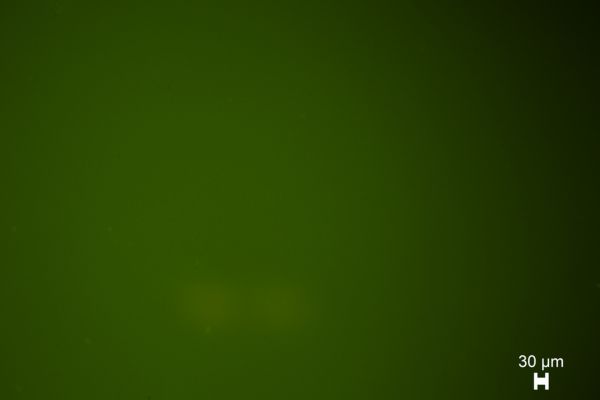
DCFDA dye positively screens very low levels of blood
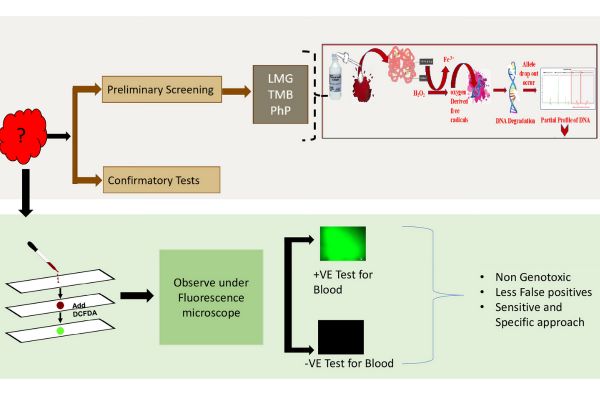
Overall research plan



